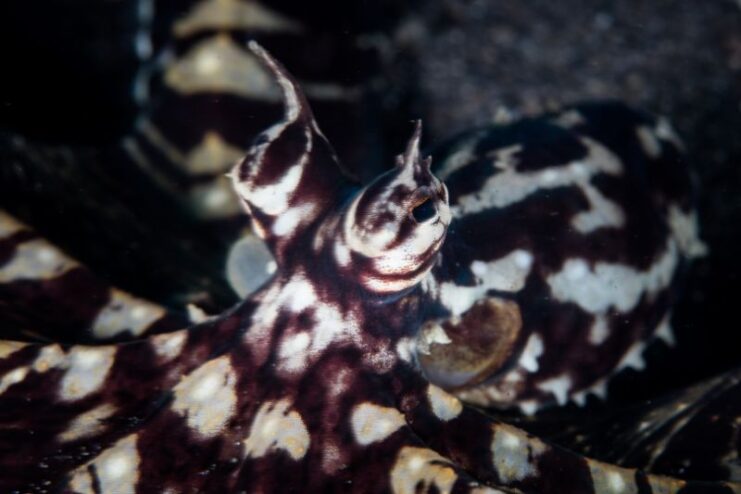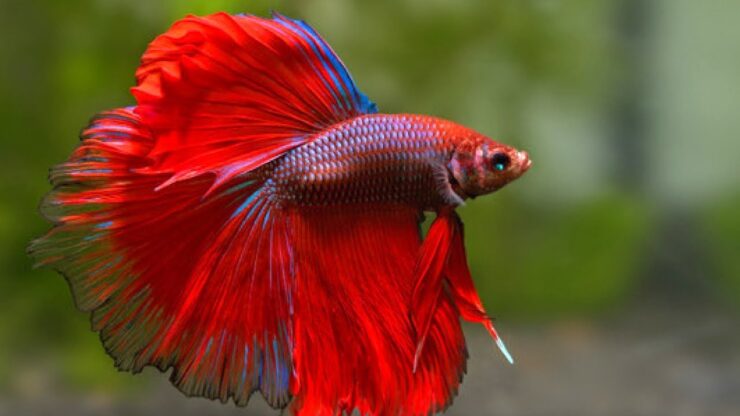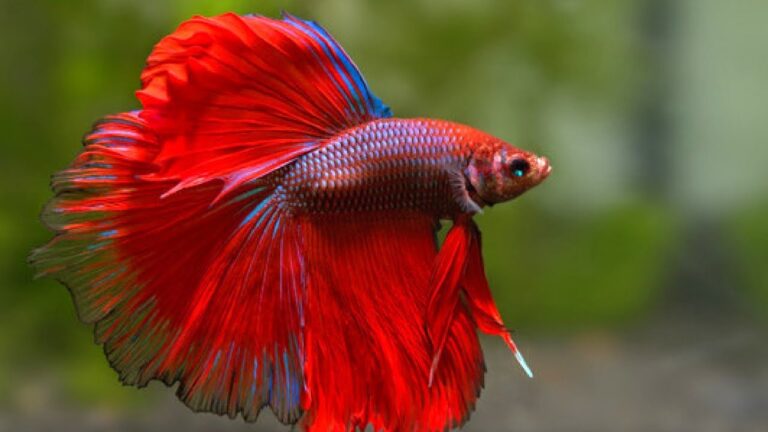Colour changing animals are some of the most fascinating creatures on the planet.
Their ability to adapt their coloration for various purposes, from camouflage to communication, showcases the incredible diversity and ingenuity of nature. Here’s a look at ten of the most remarkable colour changing animals across the globe.
10. Peacock Flounder
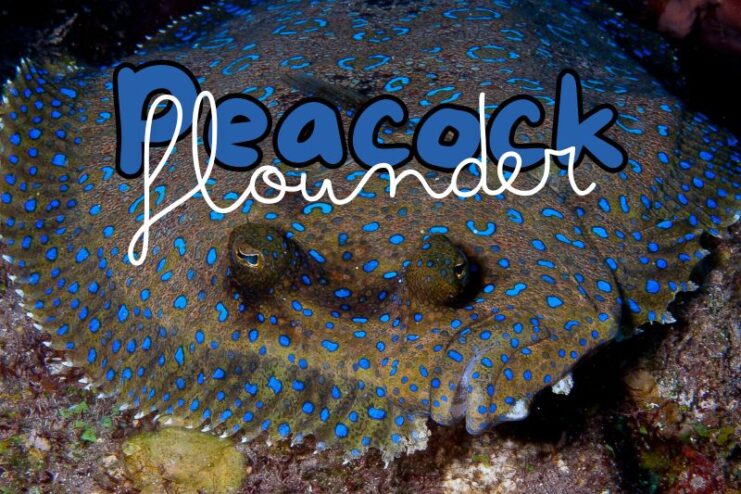
Native to the tropical waters of the Indo-Pacific, the peacock flounder is a master of disguise. This flatfish has the extraordinary ability to change its skin color and pattern to match its surroundings almost instantaneously.
Whether it’s mimicking the sandy ocean floor or blending in with coral reefs, the peacock flounder’s camouflaging skills are essential for avoiding predators and sneaking up on prey.
Fun Fact: The peacock flounder’s eyes can move independently of each other, allowing it to survey its surroundings with a panoramic view.
9. Golden Tortoise Beetle
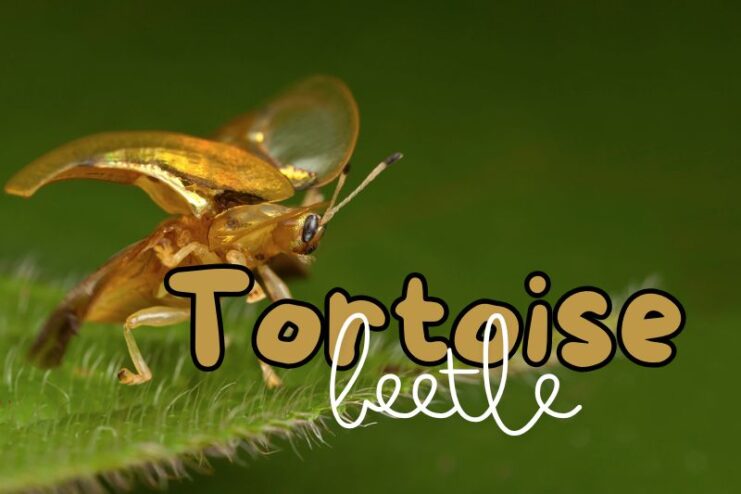
The golden tortoise beetle, found in North America, is a small but captivating insect. Its shell can shift from a shiny gold to a dull red or brown when it feels threatened.
This color transformation is due to the fluid beneath its transparent outer shell, which can be manipulated to alter its appearance. This fascinating beetle uses its ability to blend into its environment to evade predators.
Fun Fact: The golden tortoise beetle’s shiny, metallic appearance can disappear within seconds if it feels threatened, a process known as “decolorization.”
8. Veiled Chameleon
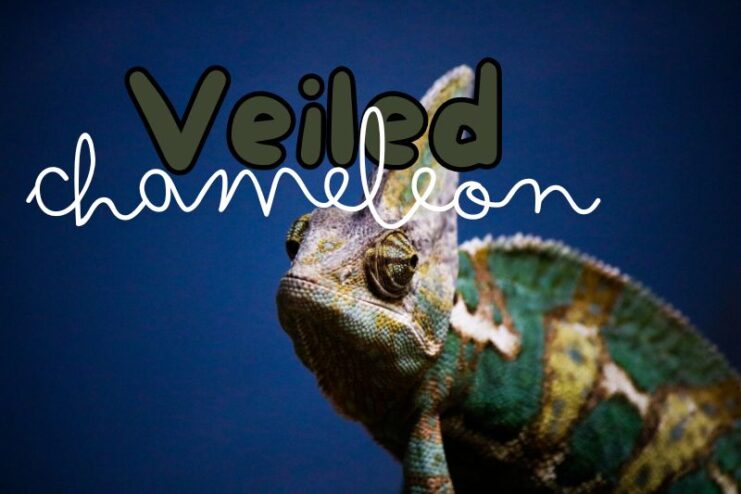
Originating from the Arabian Peninsula, the veiled chameleon is one of the most well-known color-changing reptiles. These chameleons can adjust their skin color based on temperature, light, and mood.
The color change is a result of special pigment cells called chromatophores, and it serves multiple purposes, including communication with other chameleons and regulating body temperature.
Fun Fact: Veiled chameleons can rotate their eyes in two different directions simultaneously, giving them a 360-degree field of vision.
7. Mimic Octopus
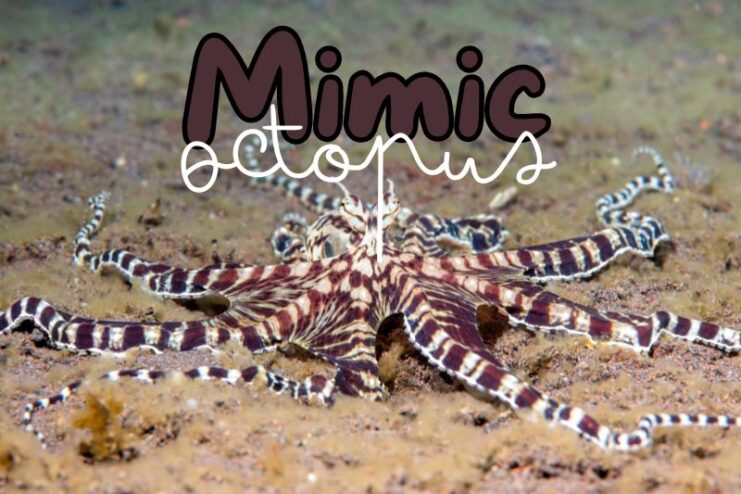
Found in the warm waters of Southeast Asia, the mimic octopus is renowned for its ability to not only change color but also its shape and behavior to imitate other sea creatures.
It can replicate the appearance and movements of more than 15 different species, such as lionfish, flatfish, and sea snakes, to deter predators. This remarkable octopus uses its skill set to survive in a hazardous marine environment.
Fun Fact: The mimic octopus was only discovered in 1998, making it a relatively recent addition to the list of known marine species.
6. Caribbean Reef Squid
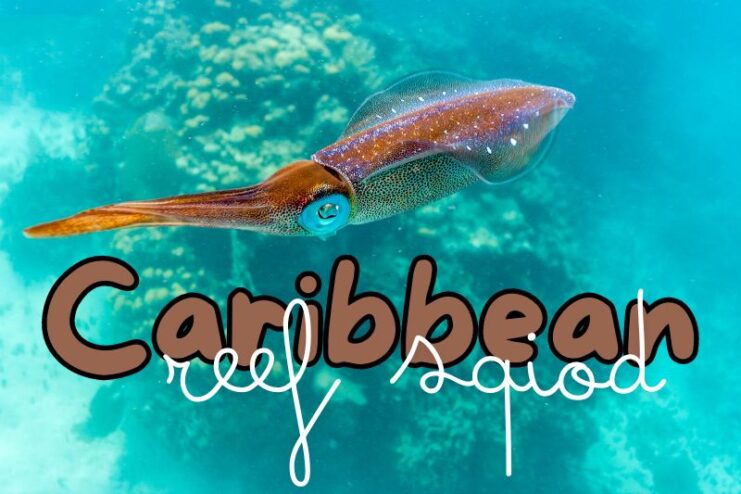
The Caribbean reef squid is a dynamic cephalopod known for its rapid color changes. Native to the Caribbean Sea, these squids use their chromatophores to display a variety of colors and patterns.
These color changes are primarily used for communication with other squids, including signaling danger, mating intentions, and establishing dominance within groups.
Fun Fact: Caribbean reef squids can produce light using bioluminescence, which they use to communicate and camouflage themselves in the deep sea.
5. Panther Chameleon
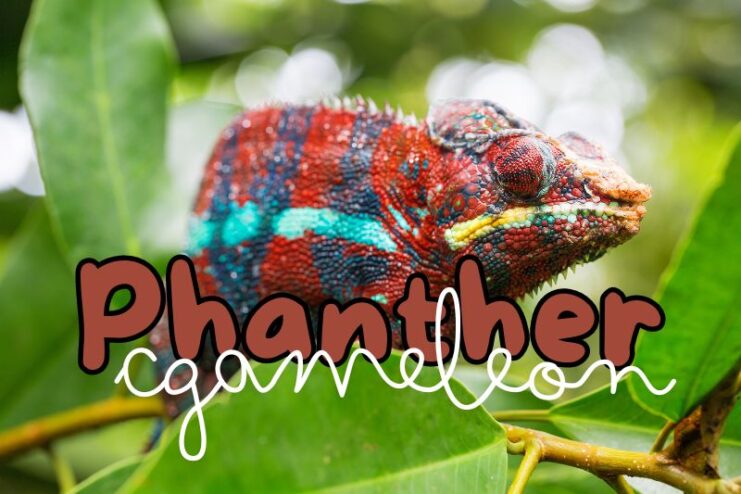
The panther chameleon, native to Madagascar, is one of the most vividly colored chameleons in the world. Its ability to change color is influenced by light, temperature, and emotional state.
Male panther chameleons are particularly known for their vibrant hues, which they use to attract females and intimidate rivals. The speed and range of their color transformations make them a true marvel of nature.
Fun Fact: Each panther chameleon has a unique pattern and color scheme that can be used to identify individuals, much like human fingerprints.
4. Ornate Ghost Pipefish
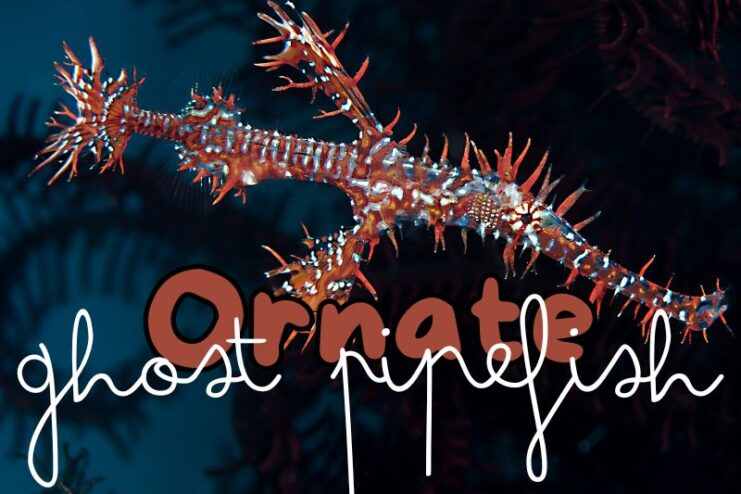
The ornate ghost pipefish, native to the warm waters of the Indian and Pacific Oceans, is a small, delicate fish with a remarkable ability to blend into its surroundings.
These pipefish can change their color and patterns to match the sea grass and coral they inhabit, making them almost invisible to predators and divers alike.
Fun Fact: Ornate ghost pipefish are closely related to seahorses and share similar reproductive behaviors, including males carrying the fertilized eggs.
3. Pacific Tree Frog
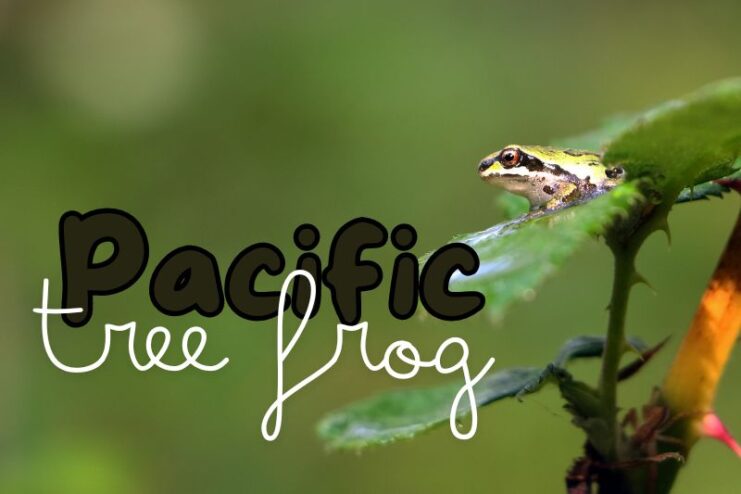
The Pacific tree frog, also known as the Pacific chorus frog, is a small amphibian native to North America. This frog can change its skin color from green to brown or gray to better blend in with its environment.
The color change can take days to weeks, depending on factors like humidity, temperature, and background color. This adaptation helps them avoid predators and thrive in diverse habitats.
Fun Fact: Pacific tree frogs are known for their loud, distinctive mating calls, which can be heard up to a mile away.
2. Humboldt Squid
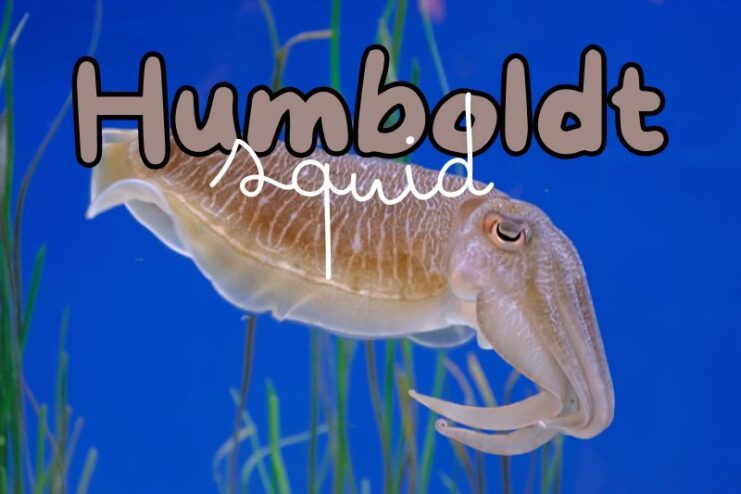
Also known as the jumbo squid, the Humboldt squid, found in the eastern Pacific Ocean, is known for its size and its ability to rapidly change color.
These squids can shift from white to deep red in a flash, a behavior often observed during hunting or when they are threatened. The color change is used for communication and as a defense mechanism to startle predators.
Fun Fact: Humboldt squids are highly social and often hunt in large groups called shoals, which can number in the hundreds.
1. Common Cuttlefish
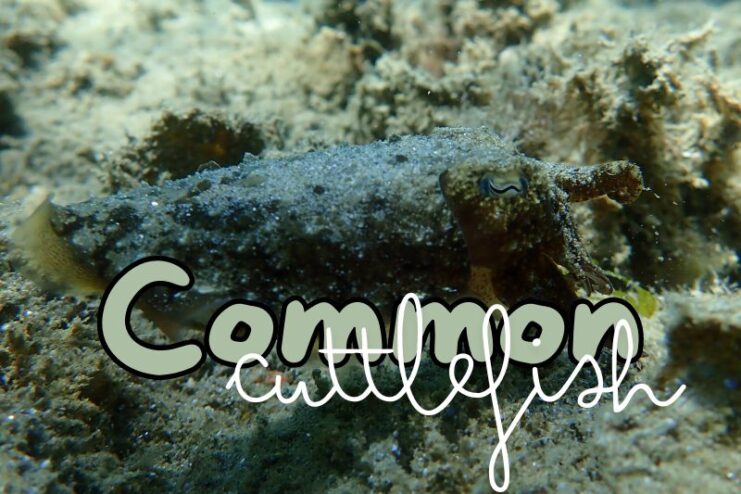
Topping the list is the common cuttlefish, which exhibits some of the most advanced color-changing abilities in the animal kingdom. Found in the Mediterranean and North Sea, this cuttlefish can rapidly alter its color and texture to communicate with other cuttlefish, attract mates, and avoid predators.
It can even produce dynamic, flashing patterns that bewilder prey and deter attackers. The common cuttlefish’s sophisticated control over its appearance makes it the ultimate master of camouflage.
Fun Fact: Cuttlefish have a unique internal shell called a cuttlebone, which helps regulate their buoyancy in the water.

